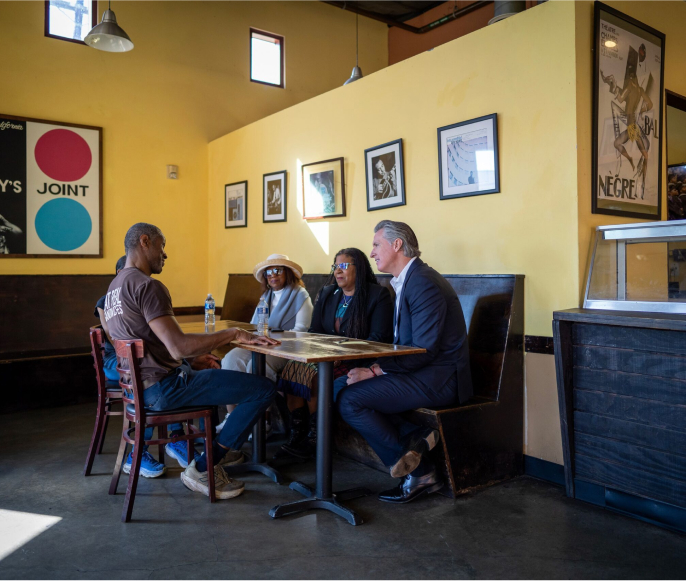Fastest Disaster Clean Up in American History
Thanks to the partnership of state, federal, and local government, California has broken records for the fastest disaster clean-up in American history.
100%
of impacted lots cleared of hazardous waste within 30 days
96%
of impacted lots cleared of debris within 6 months
9,195
properties cleared of debris
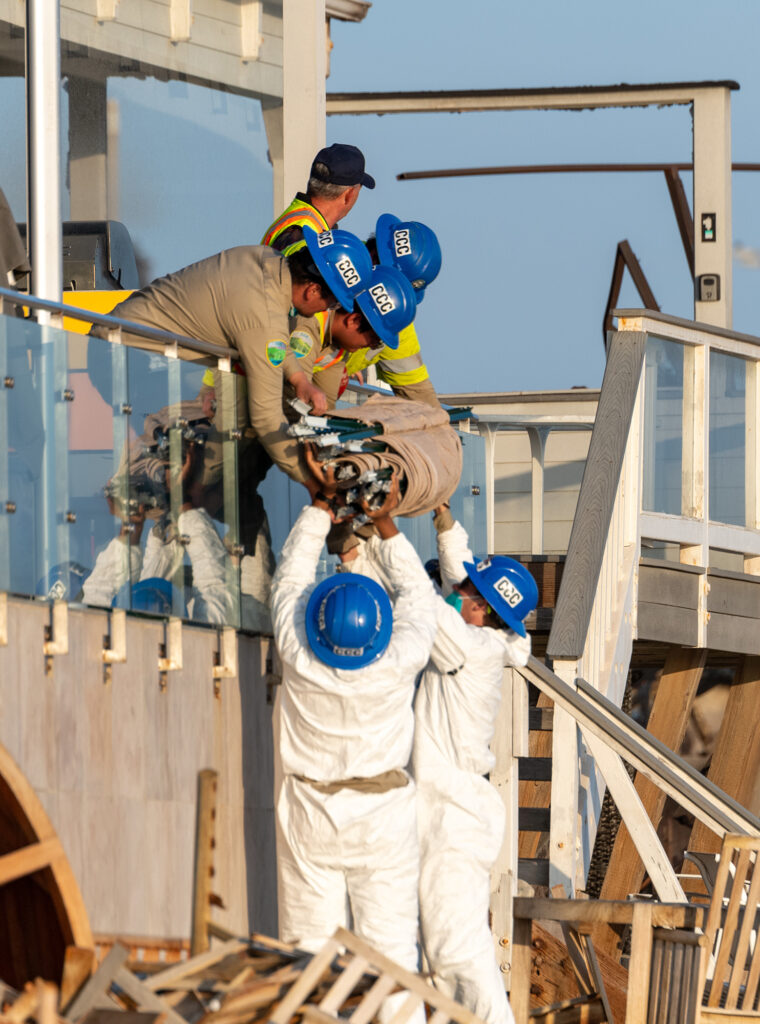
Funding for Survivors Secured + Distributed
Between state, federal, and local partners, more than $5 billion has been secured and distributed to directly support families and businesses.
$2.5 billion
bipartisan relief package from the state, delivering immediate relief and expediting initial firestorm response and recovery efforts.
$2.5 billion
in Small Business Administration (SBA) disaster loans approved.
$144.2 million
in FEMA funds provided directly to individuals for housing assistance and other disaster-related needs.
For a list of available direct assistance programs, visit PostFire LA.
Protecting Public Health
California moved swiftly to protect public health in the wake of the fires — prioritizing a fast recovery and safe future for Altadena and the Palisades.
Air Quality
has returned to normal levels and is being monitored continuously.
Water Systems
9 of 9 impacted water systems are now safe to drink.
Beach Safety
100% of beaches reopened safe for swimming and playing.
Top Soil
6 inches of top soil has been removed from impacted properties.
If you’ve got questions about the health and safety of your home and community, check out Post-Fire Assessment, Eaton Fire Soil Testing Program, or the CLEAN program.
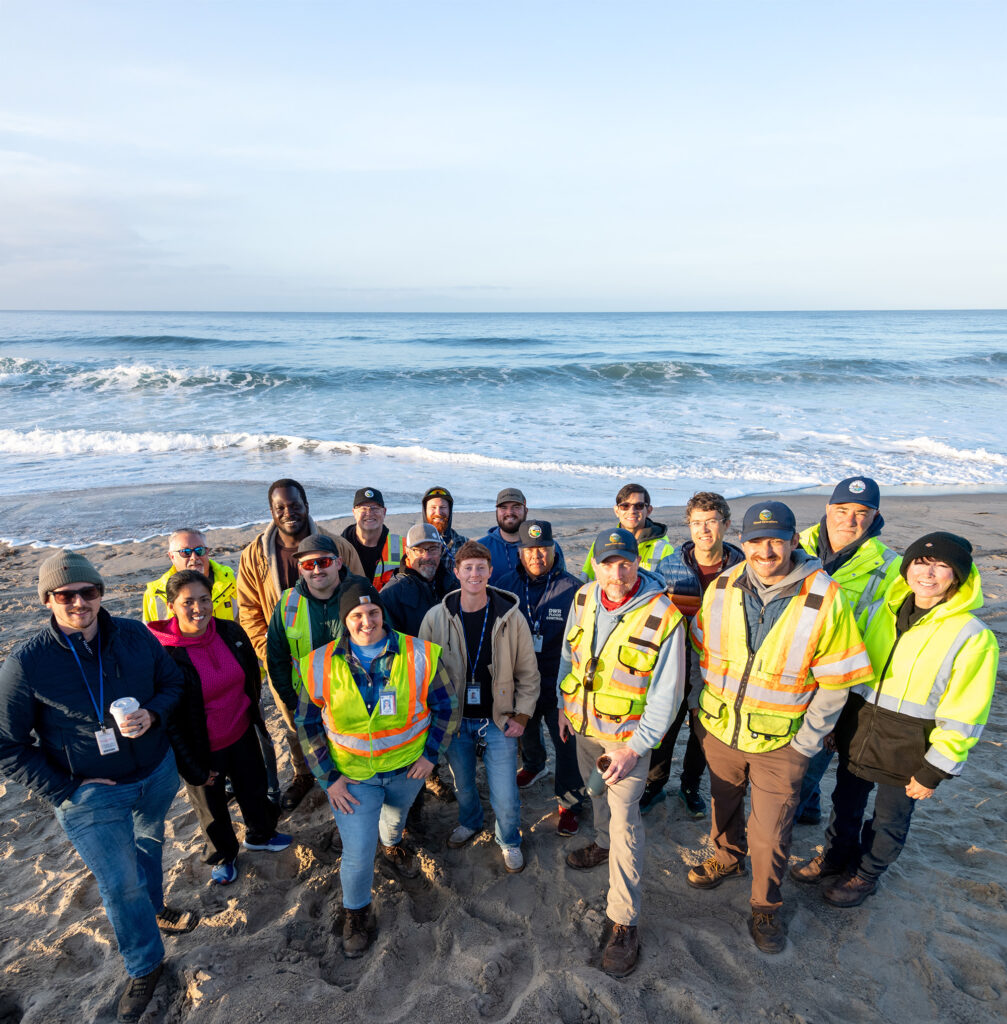
Prioritizing Rebuilding
State and local leaders are committed to getting people back in their homes through:
- cutting red tape to streamline the rebuilding of homes and businesses.
- launching a new AI tool to supercharge the approval of building permits and speed recovery from Los Angeles Fires.
- fast-tracking pre-approved home designs, and working with partners to make building accessible and affordable.
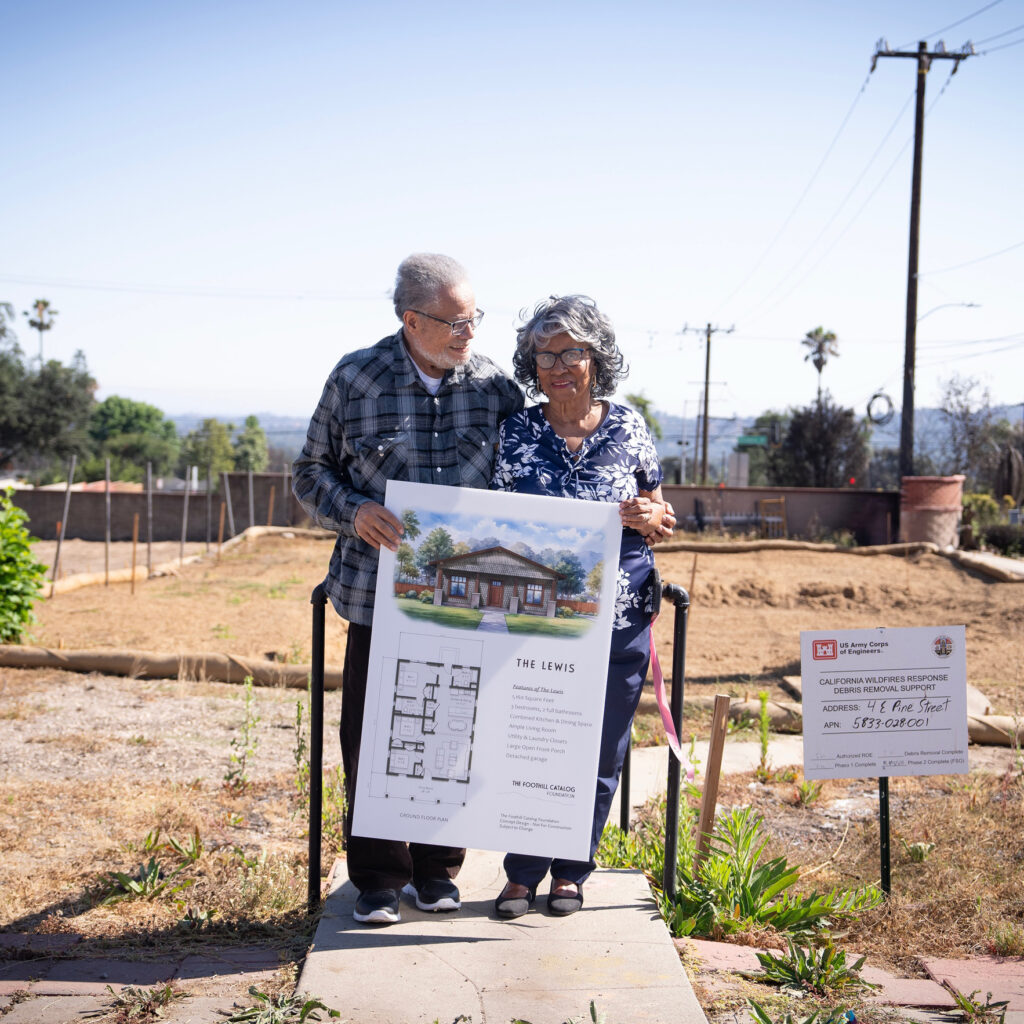
Homeowner + Renter Support
- $125 million Mortgage Relief Program
- $101 million to help rapidly rebuild affordable multifamily rental housing.
- Over $100 million in FEMA funds given direct to survivors for housing support.
- Protecting fire victims from predatory real estate speculators.
- Eviction protection for renters.
- Tax relief for homeowners.
Apply for Mortgage Relief through the CalAssist Mortgage Fund.
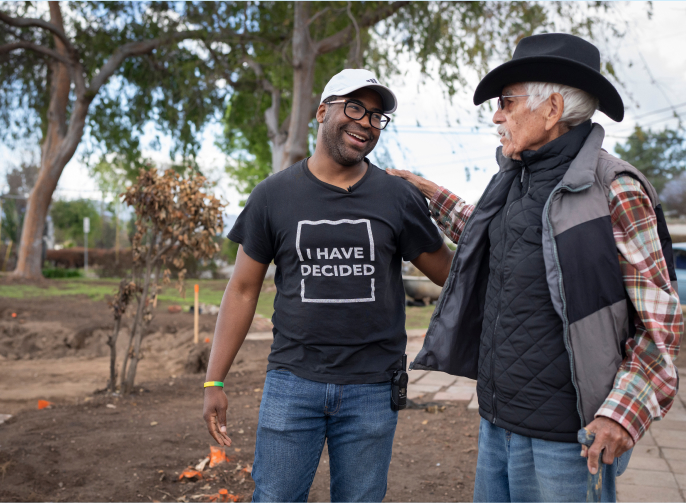
Back in Business
California mobilized public and private resources to get business owners back on their feet, and super-charged clean up along PCH to reopen the road early.
$19.14 million
in grants awarded by the The LA Region Small Business and Worker Relief Fund, with support from LA Rises
1,372
businesses and nonprofits supported
2,309
workers provided financial relief
24/7
more than 100 crews worked around the clock to reopen the PCH early and support small businesses in Malibu, removing nearly 1,284 truckloads of debris per day

Community Restoration
Community, philanthropy, state, and local partners are coming together to restore neighborhood centers.
- 8 of 8 public schools damaged by fires resumed in person instruction within 100 days of the fires, due to quick action from the state.
- Loma Alta Park in Altadena was rebuilt in record time, and the Palisades is set to break ground on their new rec center soon.
- Hundreds of millions in private-dollar donations have been raised to support over 350 organizations working on the ground.
- More than $300 million in private dollars has been distributed to survivors through direct cash assistance.
- Thousands of volunteers and over 1 million individual donors raised their hands to support the people of LA.
Countless community organizations stepped up in the wake of the fires.
Resilient Future
On July 7th, the state and county outlined six priorities for the next 180 days:
- Helping families and businesses access financial support to return home.
- Accelerating permitting and inspections.
- Growing the pool of builders and materials to achieve scale and lower costs.
- Ensuring critical infrastructure is in place such as water, gas, power and internet.
- Mobilizing the workforce and coordinating delivery to speed up rebuilding.
- Bringing back everyday services and public assets to make neighborhoods livable again.
